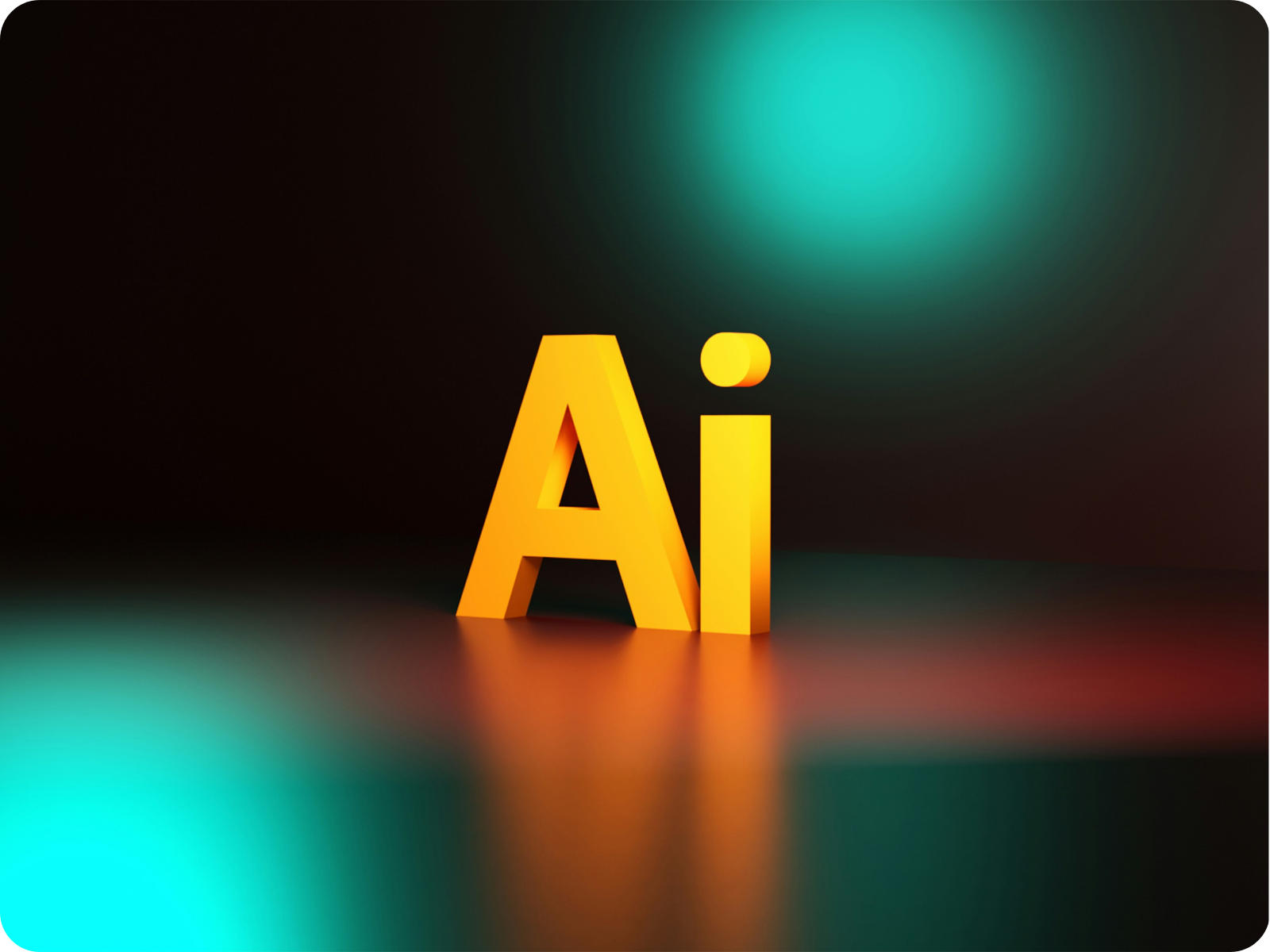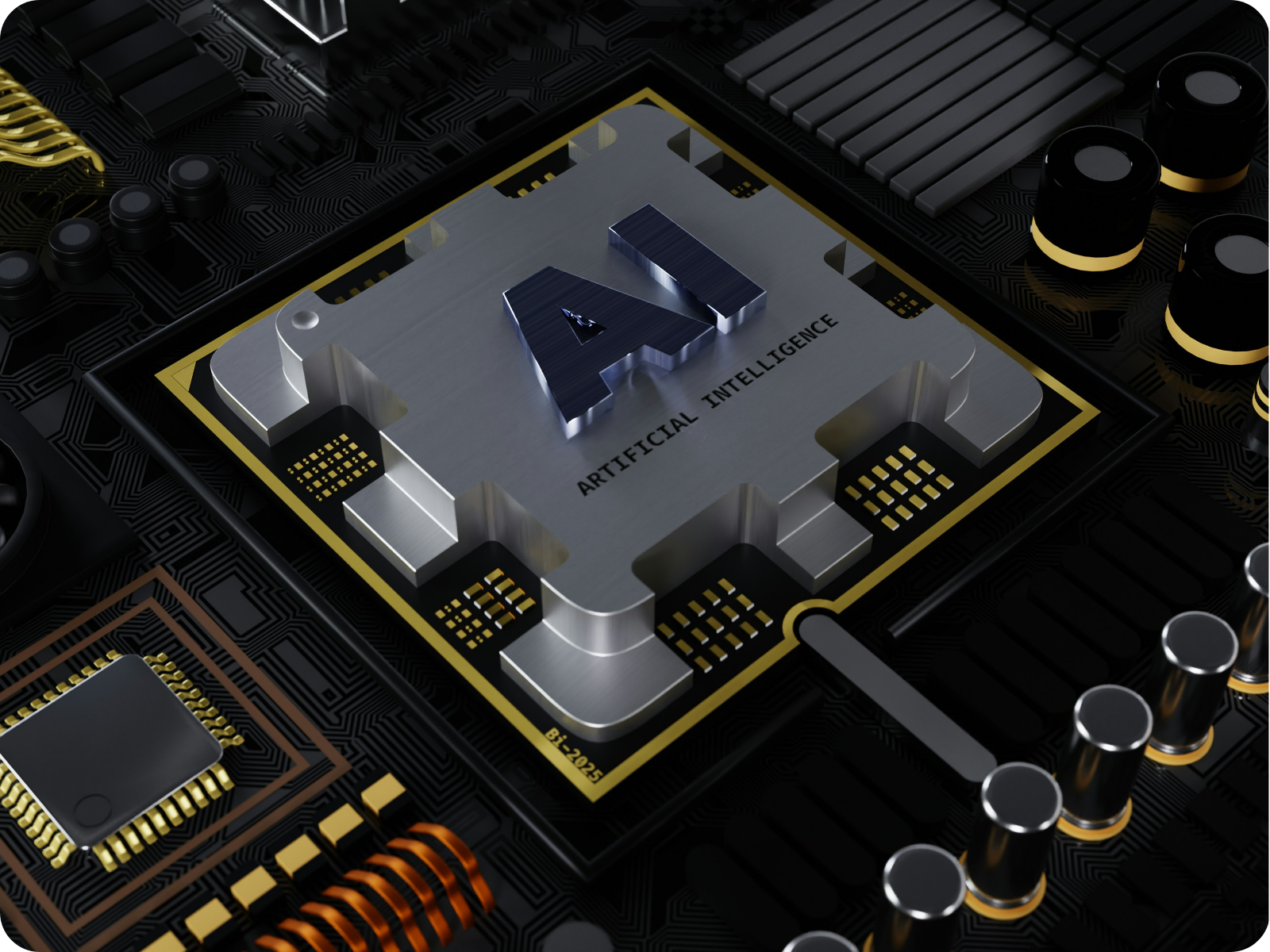Thinking of building an AI-powered product? Before you dive in, you need to understand the process. AI projects don’t follow the same playbook as regular software builds. Let’s break it down.
Key Takeaways
- AI development adds data, training, and experimentation stages to the usual SDLC.
- Testing and iteration never stop—models evolve.
- You need a cycle, not just a launch plan.
What’s different about AI software development?
Unlike traditional software that follows fixed rules, AI learns from data. That changes everything—from how you plan to how you ship.
1. Problem Definition & Business Goal Alignment
This is where it all starts. You define what success looks like and figure out how AI will help you get there.
Key questions to ask:
- What problem are we solving?
- Do we actually need AI?
- How will we measure success?
2. Data Collection & Preparation
AI is nothing without data. You need large, clean, and relevant datasets.
Tasks include:
- Data sourcing (internal or external)
- Data labeling and formatting
- Handling missing or noisy values
3. Exploratory Data Analysis (EDA)
Here, the team studies the data to find trends, correlations, and outliers. EDA informs model choice and helps spot issues early.
4. Model Selection & Training
This is the core of AI development. You select algorithms, train models, and iterate like crazy.
- Try different models
- Tune hyperparameters
- Use validation data to check performance
5. Model Evaluation & Testing
AI models need more than bug testing. You’re evaluating:
- Accuracy
- Precision/recall
- Fairness and bias
- Performance under edge cases
6. Deployment & Integration
Once the model works, it’s time to put it into action. That means:
- Wrapping the model in APIs
- Integrating with your software stack
- Monitoring performance in real time
7. Continuous Monitoring & Maintenance
AI models decay over time. What worked great last month might fall apart with new data. Keep testing. Keep updating.
- Retrain models as needed
- Watch for data drift
- Keep your users happy
FAQs
How is AI software development different from traditional software?
AI requires data, model training, and ongoing retraining. It’s more iterative and less predictable than rule-based development.
Do I need new tools for AI SDLC?
Yes. You’ll need tools for data versioning, model training, model management, and monitoring.
How long does the AI SDLC take?
Anywhere from 3 to 12 months depending on complexity, data availability, and scope.
Final Thoughts
AI isn’t just a feature—it’s a process. And that process never really ends.
At TechQuarter, we help companies design AI solutions that learn, improve, and keep delivering long after launch.
Let’s talk if you’re planning your first (or next) AI project.






